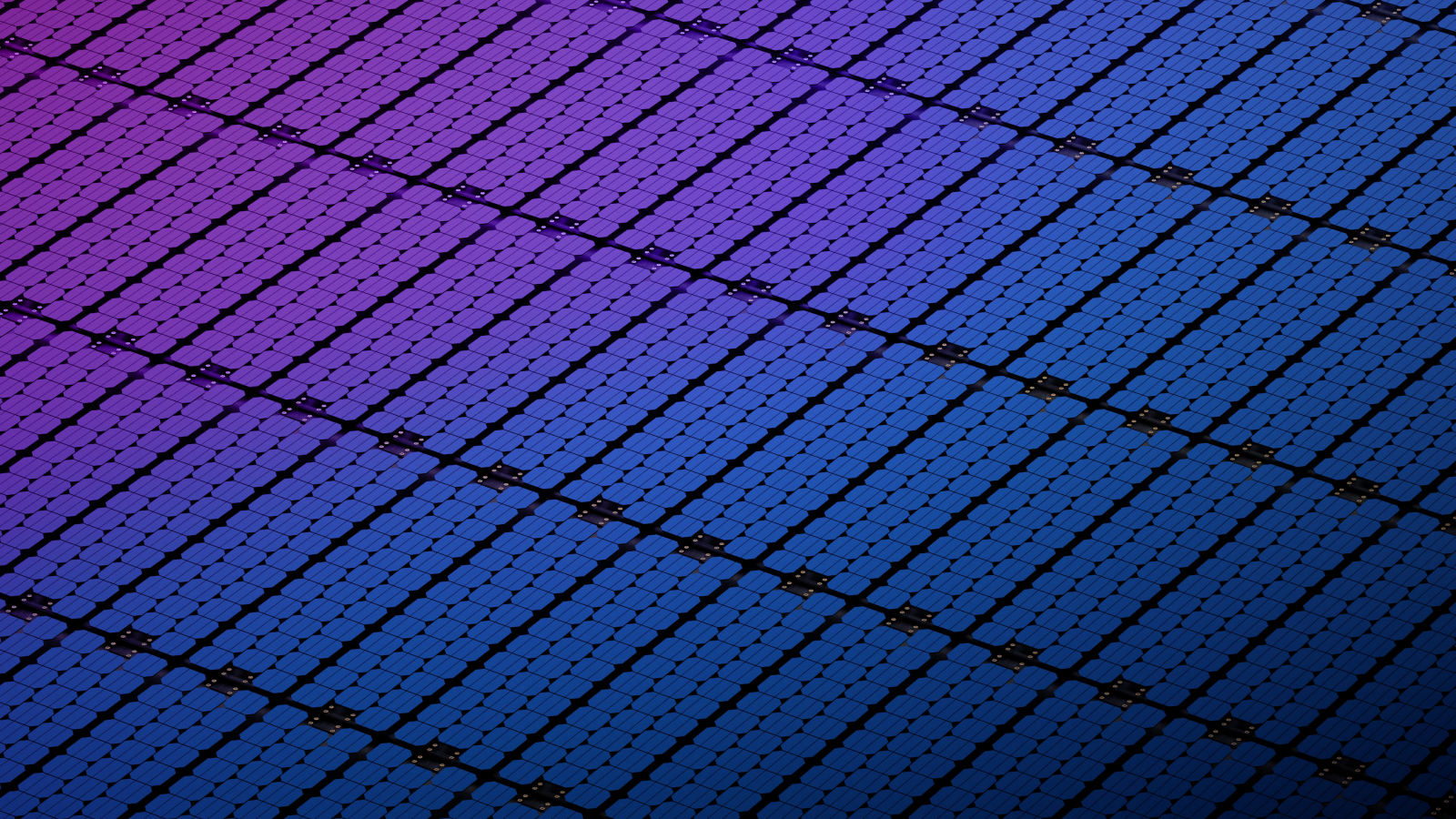When you purchase through links on our land site , we may earn an affiliate charge . Here ’s how it works .
shine solar world power down from space still look awfully futurist more than four decades after it was propose . But dreaming of vigor driven by eternal sunshine have push several projection ahead in the United States , Europe and Japan .
The chief issue , as common , is money . In the United States , neither the military nor civilian agencies seem concerned in acquire a leap of faith with taxpayer dollars , which has left it to secret companies to carry the torch . Elsewhere , only the Japan Aerospace Exploration Agency ( JAXA ) has set out moving forward with individual partners to developspace - base solar power .

This giant disk floating in space isn’t a UFO. It’s a power generator, harvesting energy from the Sun for a variety of uses back on Earth. Such space-based solar power generators have many applications, not just on Earth, but also in space.
" Right now the big problem is there ’s no funding from the U.S. Department of Energy orNASA , " said Marty Hoffert , a physicist at New York University and technical adviser for the company Space Energy .
Solar dialog box engineering is up to the task of take in sunlight in space without break from the Earth ’s day - night cycle , weather or seasons . Yet lack of funding may make it hard for researchers to tackle the other technical difficultness still face outer space - based solar power .
" High - truth radio beam ascendancy technologies both for microwave and laser power transmission , building of large space structures ( kilometre - scale ) , and low - cost quad transportation are the major challenges , " JAXA functionary enounce in an e - mail .

broadcast me down
pleader stay fragmented about the good way to transmit solar energy down to Earth . The California - basedSolaren Corp.plans to use microwaves to supply world power for service program giant Pacific Gas & Electric by 2016 , while Europe ’s EADS Astrium is investigating laser beams for the occupation .
optical maser may bunk into more problems with atmospheric interference and weather . But tightly focused optical maser beams would demand much less expensive equipment in space and on the ground than microwaves would , because microwaves spread out more as they travel .

Such facing pages means a 1 - kilometer - long carry antenna ( 0.62 miles ) in orbit might necessitate 100 hearty kilometers ( 39 square stat mi ) of receivers on the ground .
" If you received part of the microwave electron beam with a [ standard - sizing ] radio detection and ranging smasher , you ’d just capture a few milliwatt , " Hoffert pointed out . " You could n’t even illumine up a Christmas Sir Herbert Beerbohm Tree bulb . "
By dividing line , Hoffert said , a focussed optical maser could deliver enough payable energy to such a liquidator to power a small town . He and other advocator of space - establish solar power had intimate an experiment base on theInternational Space Stationthat could do just that , but NASA invalidate such a space post experiment in 2008 .

The cost of temperateness
Keeping down the equipment price represents just one part of sample to make space - based solar top executive a militant option to land - ground renewable vigour sources . It hold up hand - in - hand with the problem of astronomical cost for infinite launch .
A cost analysis by JAXA and another Japanese outer space means , the Institute for Unmanned Space Experiment Free Flyer , suggested that blank - based solar power finally could cost just 10 to 20 cents per kilowatt hour , which would make it as competitive as fossil fuel power costs . But that depends on many effrontery for bringing down the cost of access to blank .

" There is a large uncertainty in the cost estimate , " JAXA official allege . " For example , the current infinite transportation cost is adopt to be deoxidize by a component of 50 - 100 using reusable launch fomite expected in the future . "
give the challenge , JAXA expects a commercial place solar power system ( SSPS ) no preferably than in the 2030s .
That assessment does not report for California ’s Solaren , which has lay claim it can exchange and transfer solar get-up-and-go with eminent efficiency to meet its 2016 goal . But Hoffert , one of the staunch place - found solar power advocates , has his uncertainty about the company being able-bodied to satisfy that goal .

Reporting for duty
The U.S. government may yet play a bigger function in funding the futurity of outer space - based solar power , if someone within the bureaucracy is uncoerced to step up to the plate .
The National Security Space Office ’s Advanced Concepts Office noted that evolution often " falls between the cracks " among the unlike regime bureaucracies such as NASA and the Department of Energy . It advise that a new governmental body might be call for to take responsibility for space - based solar power .

Momentum may eventually agitate in the management ofspace - free-base solar poweras sustainable energy beginning become an ever - big issue around the earthly concern .
" Japan has continued SSPS enquiry for 30 years because many mass – researchers and policymakers – trust a new zip arrangement is indispensable for imagination - poor Japan , " JAXA officials said .









